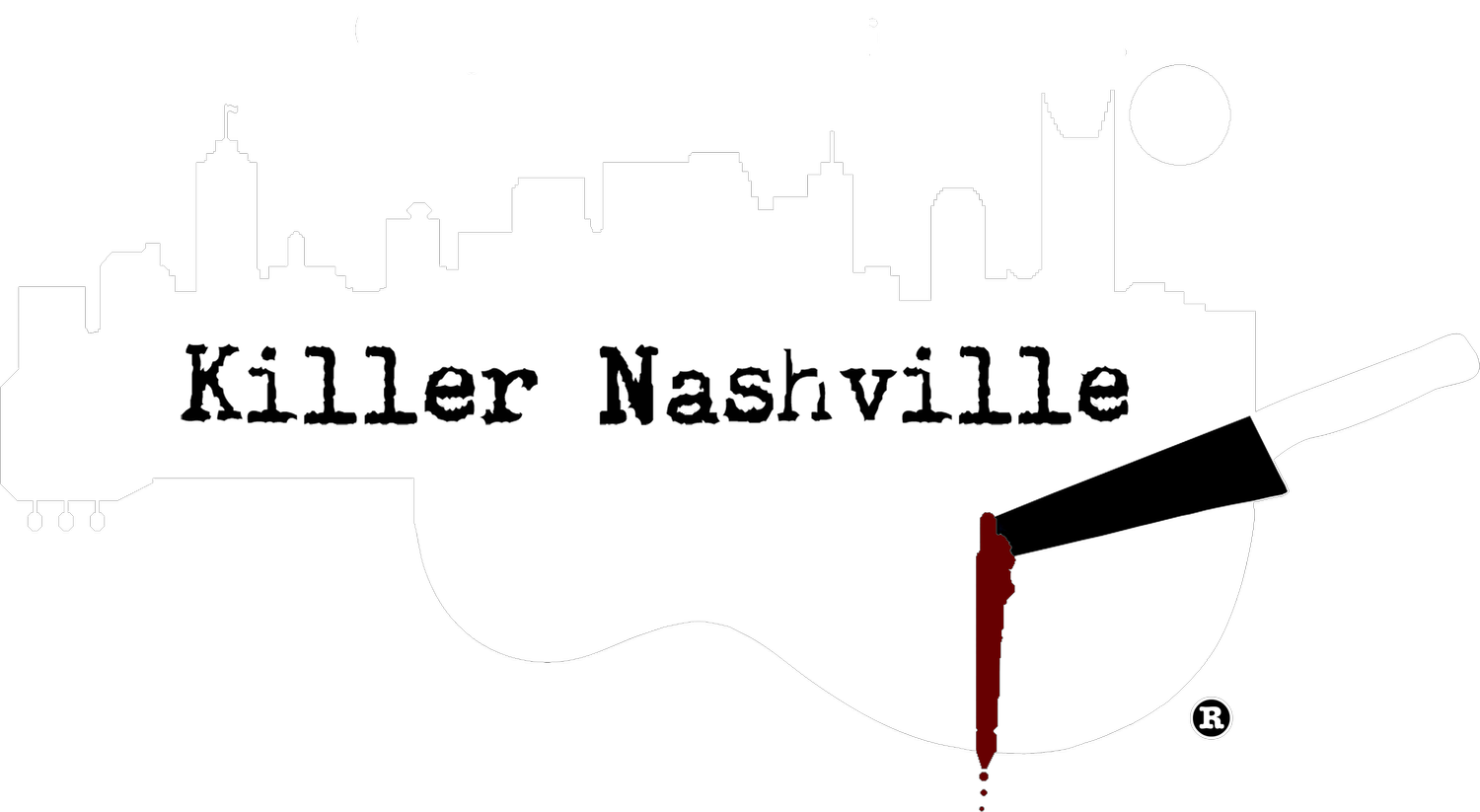Taking Inspiration Without Plagiarism
By Graham Smith
One thing the vast majority of authors do is read. They read the classics, research tomes, novels from the best-seller lists, and ones from their own to-be-read piles. Authors choose every one of these reads for educational or entertainment value and hope they will be written in a style that engages their readers. It stands to reason that some of those words may try to subconsciously sneak into a manuscript. The author’s job is to spot when they do and either rewrite or remove them.
As a novelist, I take inspiration from a wide variety of sources, such as news stories, half-heard conversations, and because I’m a reader, I take inspiration from the novels I read. That inspiration could be from characters who are wonderfully entertaining, settings whose descriptions crackle with imagery, or a plot that’s both exciting and true to the characters.
What I never do is copy someone else’s idea, character, or phrasing. A few years ago, I set out to write a series set in the US. It was to feature a tough guy lead who was as likely to solve problems with his fists as his mind. I expect that you’re already thinking of such characters as Lee Child’s Jack Reacher, Matt Hilton’s Joe Hunter, Vince Flynn’s Mitch Rapp, and a whole host of others. That’s fine, there’s room for them all. In fact, I took the number of similar—but not the same—characters to be a good thing. It meant the sub-genre was popular enough to stand another.
When I came to create my character and story, I used my knowledge of the sub-genre to make sure I wasn’t re-writing someone else’s story or character. I was inspired by the aforementioned names, but as a fan of those authors, the last thing I wanted to do was rip them off or plagiarize them in any way.
Another instance of where I sought inspiration was the death of a character in a novel called Revenger by Tom Cain. This was the last book in the series and therefore I never got to find out the long-term impact of the character’s death. As a fan, this ate at me somewhat, and because I’d struck up a friendship with Tom, I asked for and received, permission to work a version of the character’s death into one of my character’s backstory, so I could as an author create my own version of how the character’s death affected their beloved.
Sometimes authors working in isolation from each other can come up with the same basic plot idea. This has happened to me, once directly and once indirectly. The direct version was uncovered from a conversation with a good writer friend. We’d chatted plot ideas, publishing gripes, and all the usual stuff us authors talk about when he mentioned that a mutual friend had told him about a novel he was planning. Because I’d already written at least half of a novel with a very similar plot, the mutual friend dropped his idea as he didn’t want to write something too similar to another novel that was likely to be published around the same time as his. The indirect version came from a brainstorming session with another writer friend and when he put an idea forward, it rang a bell with me. Ten seconds of searching online proved the plot idea had been used in a successful novel, and thus another idea was dropped.
The author Craig Russell is someone I count as a friend and a favored author. Such is his skill with language and narrative. I find myself learning about the craft of writing every time I read one of his novels. I have never hid the fact I consider his writing so good as to be educational, but there is no way I would ever ape his style, although I do consider him to be an inspiring influence.
The publishing industry is one that follows trends. Think back to Dan Brown’s The Da Vinci Code, and all the similar artefact hunting novels that sprung up around the time The Da Vinci Code had massive success. There was a boom in the sub-genre that lasted a couple of years until the rise of Scandi Crime and then came the psychological thrillers. The standouts in each of the trends were all original novels. They didn’t plagiarize any other piece of work, and while they were each unique, they all held the tropes a reader expected of their sub-genre.
In short, it’s okay to take inspiration from your peers, from whatever source you like. But don’t chase the latest trend, write a uniquely original novel of your own and set the next trend.
I know many authors who scour the news outlets hoping to get a usable idea. What you can’t do as an author is copy someone else’s work. Just like our school days, anyone caught copying the work of another will have consequences to face. Don’t do it. Be original, be unique, be inventive, and be prepared to ditch an idea you have because someone else has already done it.
Most of all, good luck with your writing.
Graham Smith is a 50-year-old author who has published 18 books to date. He lives in Scotland and manages a busy hotel and wedding venue for his family.
